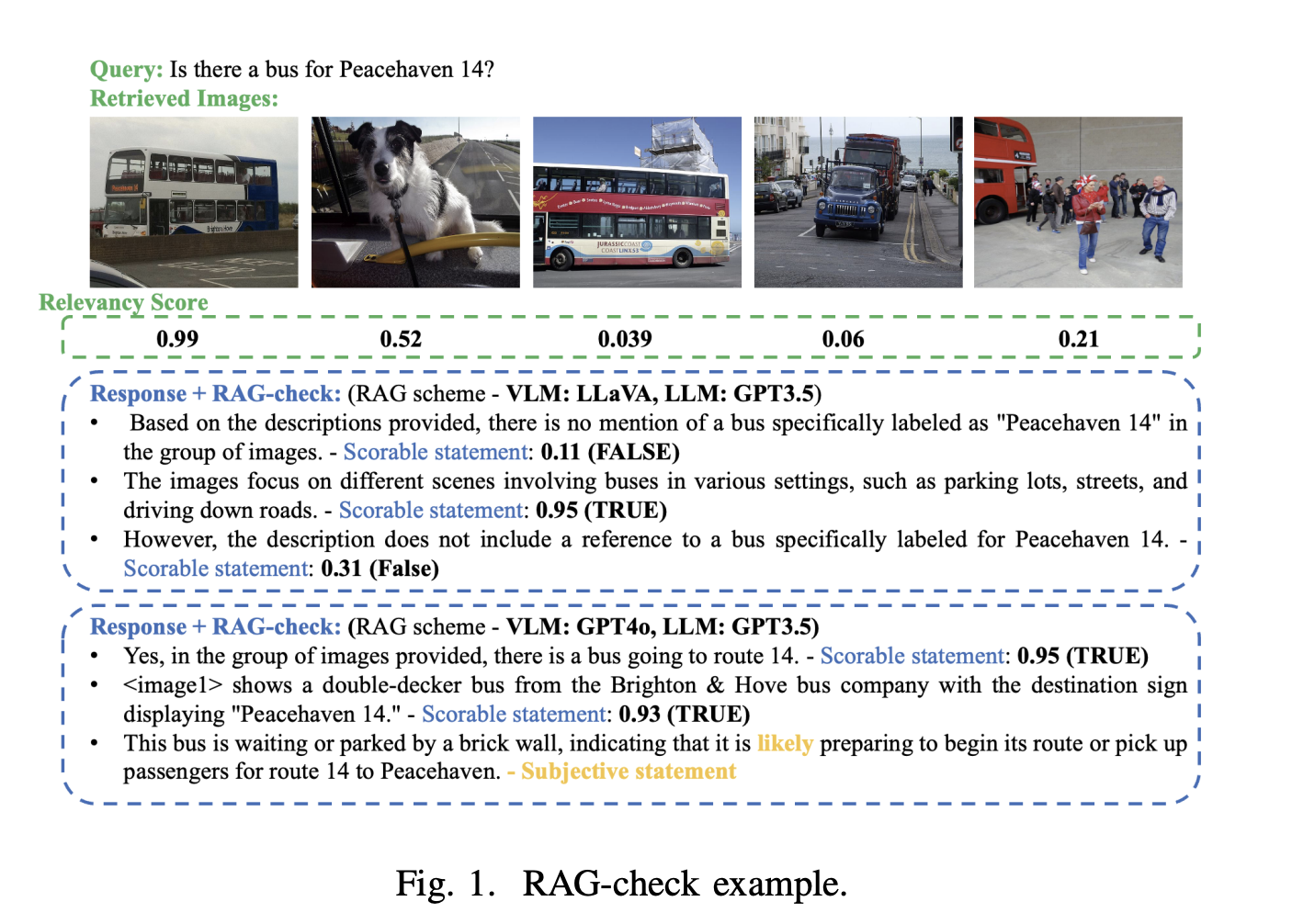
Understanding the Challenge of Hallucination in AI
Large Language Models (LLMs) are changing the landscape of generative AI by producing responses that resemble human communication. However, they often struggle with a problem called hallucination, where they generate incorrect or irrelevant information. This is particularly concerning in critical areas like healthcare, insurance, and automated decision-making, where accuracy is essential.
Addressing Hallucination in AI Models
To tackle hallucination, researchers have developed various methods:
- FactScore: Breaks down long statements for better accuracy.
- Lookback Lens: Analyzes attention scores to identify context issues.
- MARS: Focuses on important components of statements.
For Retrieval-Augmented Generation (RAG) systems, tools like RAGAS and LlamaIndex have been created to evaluate response accuracy and relevance. However, there was a gap in assessing multi-modal RAG systems that handle both text and images.
Introducing RAG-check: A Comprehensive Evaluation Method
Researchers from the University of Maryland and NEC Laboratories America have proposed RAG-check, a method specifically designed for evaluating multi-modal RAG systems. It includes three main components:
- Relevancy Evaluation: A neural network checks how relevant each piece of data is to the user’s query.
- Span Categorization: An algorithm divides the output into objective (scorable) and subjective (non-scorable) parts.
- Correctness Assessment: Another neural network verifies the accuracy of the objective parts against the original context.
Key Evaluation Metrics
The RAG-check system uses two main metrics:
- Relevancy Score (RS): Assesses how well the retrieved information matches the query.
- Correctness Score (CS): Evaluates the accuracy of the information provided.
This system allows for flexible integration of various models, improving the quality of generated responses.
Performance Insights and Results
The evaluation showed significant differences in performance among various RAG configurations. Using CLIP models for image selection yielded relevancy scores between 30% and 41%. However, utilizing the RS model improved scores dramatically to 71% to 89.5%, albeit with increased computational demands. The GPT-4o configuration was found to be the most effective for generating accurate contexts.
Conclusion and Future Directions
RAG-check offers a novel framework for detecting hallucinations in multi-modal RAG systems, enhancing performance evaluation significantly. While the RS model boosts relevancy scores, it also requires more computational resources. The findings emphasize the potential of unified multi-modal language models in improving accuracy and reliability.
Get Involved and Learn More
Check out the research paper for detailed insights. Follow us on Twitter, join our Telegram Channel, and connect on LinkedIn. Don’t miss out on our 65k+ ML SubReddit community.
Join Our Webinar
Gain actionable insights into enhancing LLM performance while ensuring data privacy.
Transform Your Business with AI
Stay competitive by leveraging RAG-check and other AI solutions:
- Identify Automation Opportunities: Find key areas for AI implementation.
- Define KPIs: Measure the impact of AI on business outcomes.
- Select AI Solutions: Choose tools that fit your needs.
- Implement Gradually: Start small, gather data, and expand.
For AI KPI management advice, contact us at hello@itinai.com. For ongoing insights, follow us on Telegram or Twitter.
Explore AI Solutions for Sales and Customer Engagement
Discover innovative ways AI can enhance your processes at itinai.com.



























